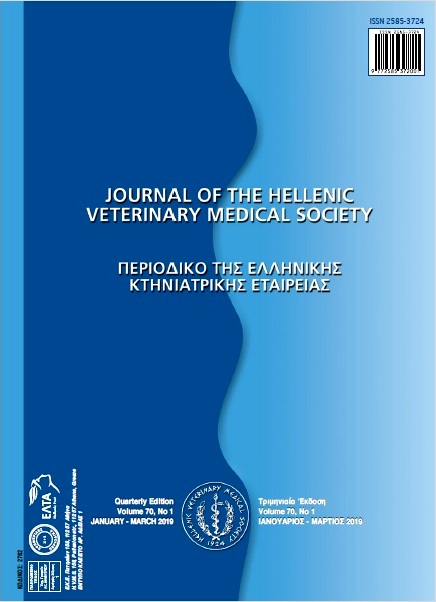Feeding a definite concentration of eicosapentaenoic and docosahexaenoic fatty acids to laying hens

Abstract
The experiment designed to study the influences of nutritional eicosapentaenoic (EPA) and docosahexaenoic (DHA) fatty acids (FA) on performance, egg yolk fat characteristics and FA profile in laying hens. From 30 to 36 weeks of age, 180 laying hens were allotted randomly to 2 dietary treatments, each of 6 replicates (15 birds for each replicate). The control diet was supplied with soy oil while the experimental diet was supplied with EPA and DHA to create 2 different ratio of n-6 to n-3 FA (18.8:1 and 5:1, respectively). The egg production % was recorded daily. The eggs were weighed to estimate egg mass. Also, feed consumption was recorded daily and the feed conversion ratio (FCR) was estimated. The FA profile of egg yolk was determined in the last week of the experiment. The dietary EPA and DHA resulted in significantly higher egg production (76.89 versus 67.23%), weightier egg mass (42.46 versus 37. 72 g) and lower FCR (2.49 versus 2.72) than the control. Also, supplying the dietary EPA and DHA was reflected in increasing of total polyunsaturated and n-3 FA in the eggs. Moreover, reducing the ratio of n-6 to n-3 FA to 5:1 decreased egg triglycerides, total cholesterol and cholesterol associated with low density lipoprotein and very low density lipoprotein. In conclusion, supplying EPA and DHA in the diet of laying hens positively influences performance, egg yolk FA profile and cholesterol. Practically, EPA and DHA could be used in laying hen diets to improve their performance and enhance public health of egg consumers.
Article Details
- How to Cite
-
NASSEF, E. E., BAKR, A. A., & SALAMA, A. S. (2019). Feeding a definite concentration of eicosapentaenoic and docosahexaenoic fatty acids to laying hens. Journal of the Hellenic Veterinary Medical Society, 70(1), 1393–1400. https://doi.org/10.12681/jhvms.20345
- Issue
- Vol. 70 No. 1 (2019)
- Section
- Research Articles

This work is licensed under a Creative Commons Attribution-NonCommercial 4.0 International License.
Authors who publish with this journal agree to the following terms:
· Authors retain copyright and grant the journal right of first publication with the work simultaneously licensed under a Creative Commons Attribution Non-Commercial License that allows others to share the work with an acknowledgement of the work's authorship and initial publication in this journal.
· Authors are able to enter into separate, additional contractual arrangements for the non-exclusive distribution of the journal's published version of the work (e.g. post it to an institutional repository or publish it in a book), with an acknowledgement of its initial publication in this journal.
· Authors are permitted and encouraged to post their work online (preferably in institutional repositories or on their website) prior to and during the submission process, as it can lead to productive exchanges, as well as earlier and greater citation of published work.


